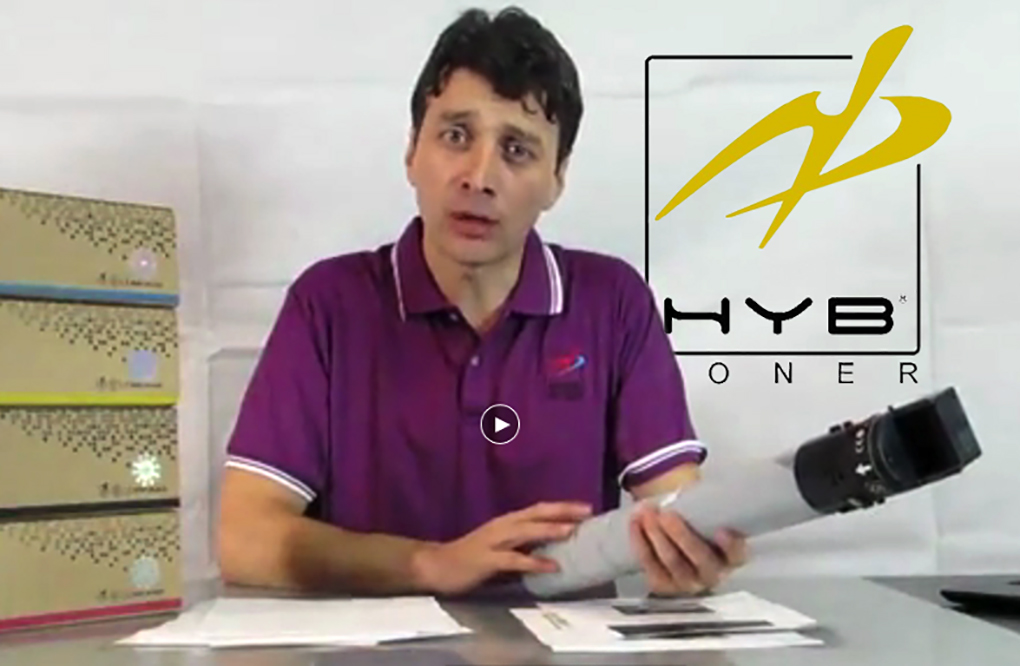HP Blends Recycled Consumer Waste with Recycled IJ Cartridges to Mold New Ones
HP has partnered with Montreal-based Lavergne Group to develop a method to use old plastic inkjet cartridges in molding new ones. Lavergne discovered that the plastic from water bottles, along with a secret mix of additives, would combine with plastic from many of HP’s inkjet cartridges and create a material close to virgin plastic. This material is being used in the existing manufacturing equipment designed for use with new raw materials. No expensive refitting is required.
Research began in 2000 and the first cartridge was produced in 2005. Since then, more than 1 billion inkjet cartridges have been manufactured with material from the closed-loop process.
Now the company has turned to the development of processes for recycling the polypropylene plastic used in some HP business printers’ ink reservoirs.
What happens to an inkjet cartridge after an eco-conscious user sends it back is shown in the bulleted paragraphs below.
• In North America, old inkjet cartridges arrive in a plant near Nashville, Tennessee. (HP services Europe and Asia from Germany.)
• Workers sort the returns by type and remove any foreign items that contaminate the feed stream. In the plant, all sorts of detritus (disintegrated or eroded matter) come out of the packages, including other brands of cartridges, and even old cell phones!
• The HP cartridges are then de-manufactured. This operation requires cartridge-specific equipment to dismember properly. But it is more environmentally friendly and yields 50% more usable materials than by merely shredding the used cartridges.
• Labels come off; the cartridges are disassembled, and the circuitry and foam holding the ink residue are separated from the plastic shell. HP is working on ways to recover the ink and foam, but at present they are simply trashed, with the metal sent to a smelter for reclamation.
• The plastic shells are then washed, shredded and sent off to the Lavergne plant in Montreal.
• There, the clean, shredded plastic first goes into a giant mixer, along with post-consumer plastic from water bottles, and the special additives. It tumbles for six hours to ensure each 20-ton batch is properly mixed before it heads off to an extruder. There, it is heated to 575 degrees Fahrenheit and forced through a stranding head to create more surface area for rapid cooling.
• Exiting the extruder, the strands go through a water trough for cooling.
• Next, they are crushed and sent through a demetalizer to removed anything that is not plastic. The material is recycled through this process up to four times to ensure the plastic is especially pure. Rejected material is not wasted, but is used for other purposes.
• Although usable plastic has been presumably made, the process isn’t complete. Samples from each batch are run through an injection molding machine, with outputs tested to ensure that they are up to ISO specifications. Lavergne says this step is typical in the virgin plastic world, but not in recycling.
• The company also performs additional tests to ensure the plastic can bear the high temperatures generated in a printhead.
• All tests having been passed, the recycled plastic heads off to be made into brand new inkjet cartridges that are destined to return some day for another recycling process.



Leave a Comment
Want to join the discussion?Feel free to contribute!